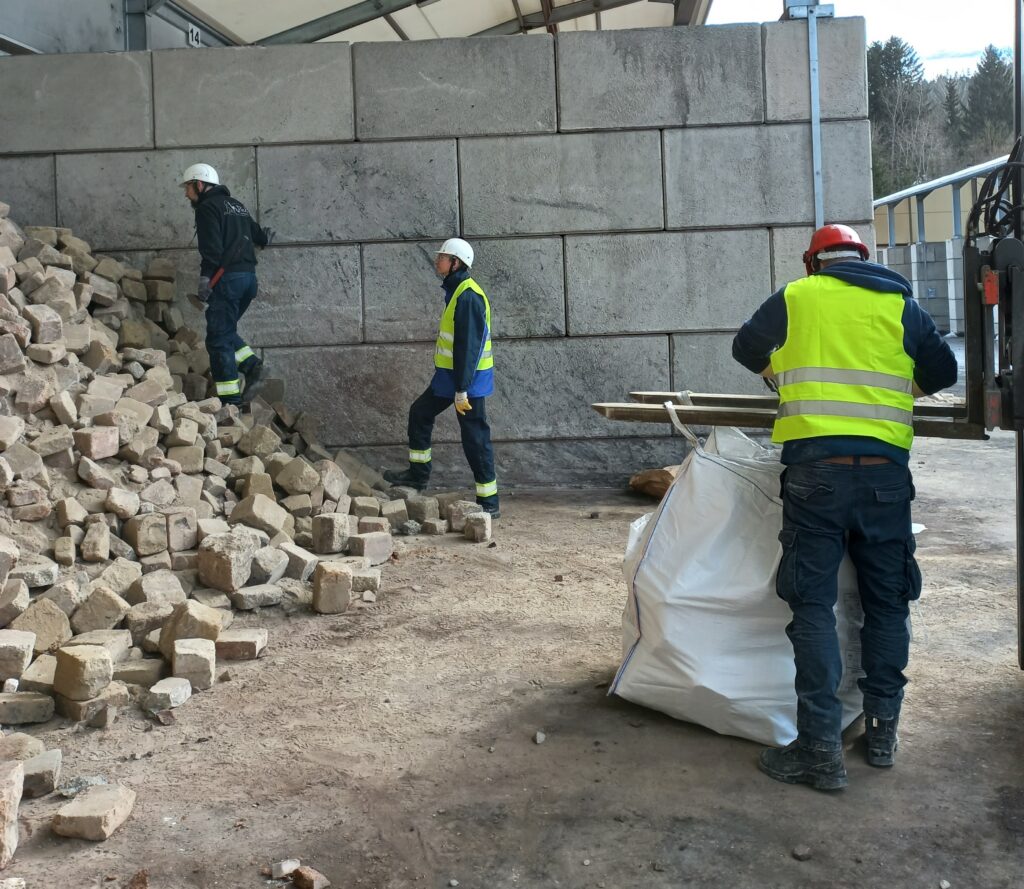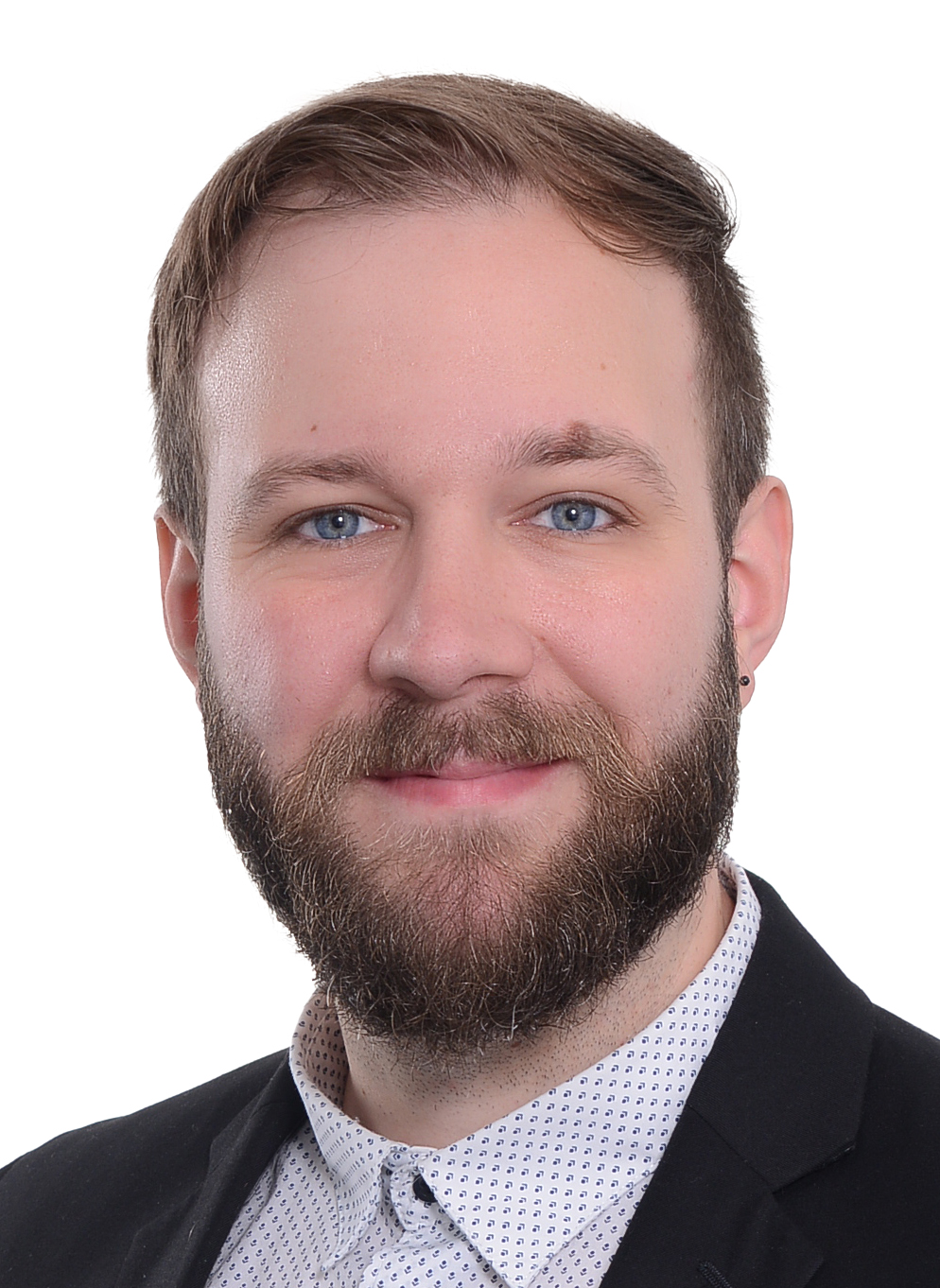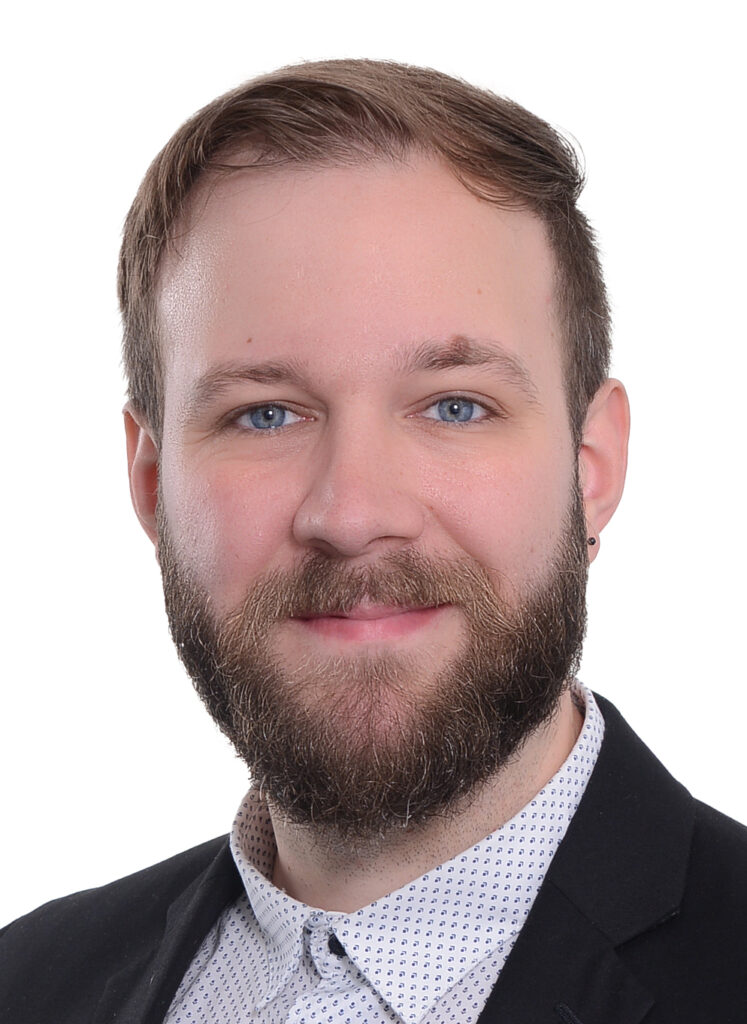How we try to simplify representative sampling

Since we already sampled 3 suitable feedstock materials with the same sampling procedure, the question arises how we could achieve similar results regarding accuracy and validity while decreasing the effort of sampling. The current, rather complex sample procedure involves a wheel-loader, a spare area to spread out the material, time, and a few slightly crazy people which are willing to get dirty, are quickly available, ready to get out regardless of the weather condition and are ready to move around a few tonnes of material. As one can think of, this type of sample procedure is not suitable, let alone difficult to implement when sampling new and possibly appropriate recycle material.
For this reason, we tried something different while sampling the latest materials of a cement rotary kiln additionally to the above described complex way of sampling. So, we chipped off 20 edges of 20 randomly selected spent refractories bricks. These 20 edges will be crushed and mixed together to create a combined sample which we will analyse the same way we analyse the material we sampled with the more complex way.
Afterwards we will compare the two results. If we assume that the representative, complexly taken sample represents 100% accuracy and we compare the results of the combined sample of those 20 edges, we can estimate the accuracy and the applicability of this attempt.

Author’s Portrait
Florian Feucht
DI Florian Feucht is research associate at the Chair of Waste Management and Waste Treatment at the Montanuniversität Leoben and part of the Workgroup: “Environmental remediation and mineral waste”. Since 2023, he has been enrolled in the university’s PhD Program. He earned his master’s degree in Applied Geoscience from Montanuniversität Leoben, focusing on the chemical-mineralogical characterization of ladle slag. He completed his bachelor’s degree in Earth Sciences at the University of Vienna, with a thesis on the petrological study of mafic and ultramafic rocks. His research interests include the chemical mineralogical characterization of mineral wastes, mineralogy, slag mineralogy, recycling, and waste management.
